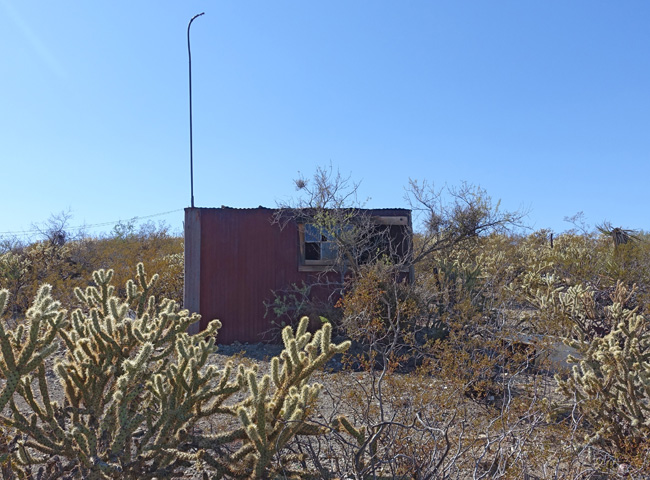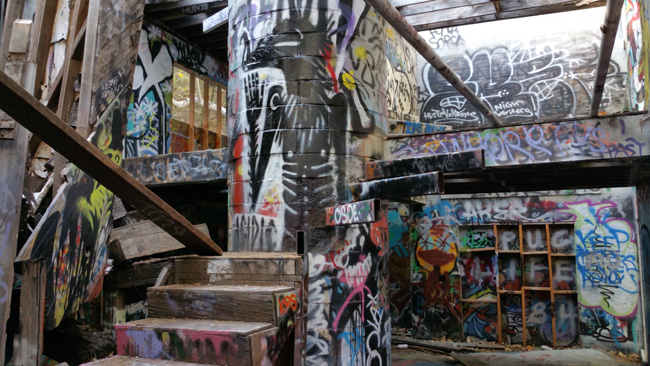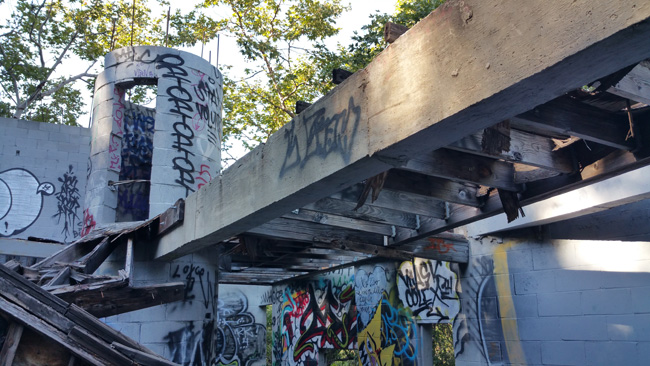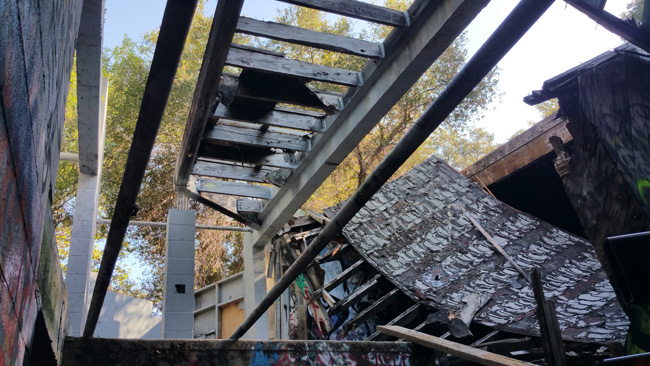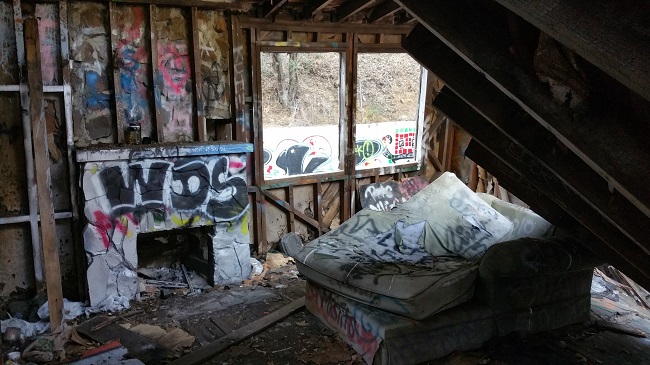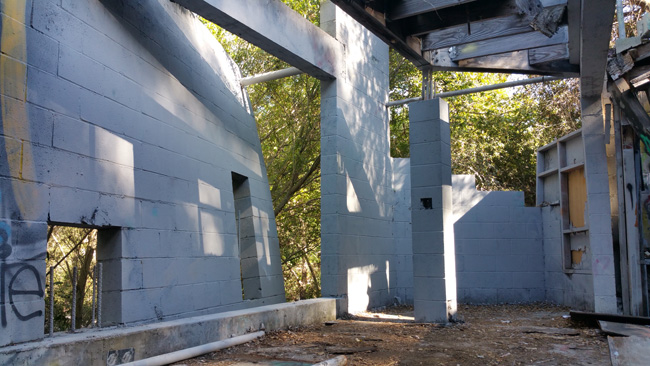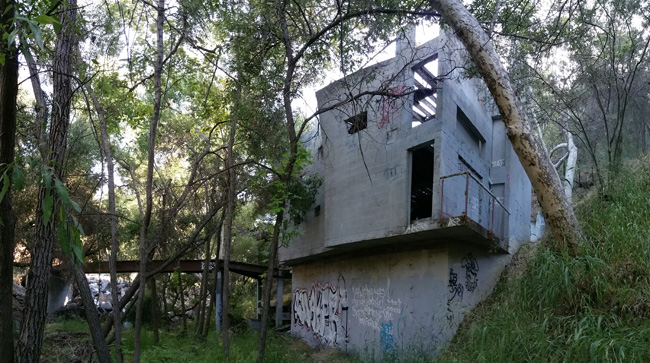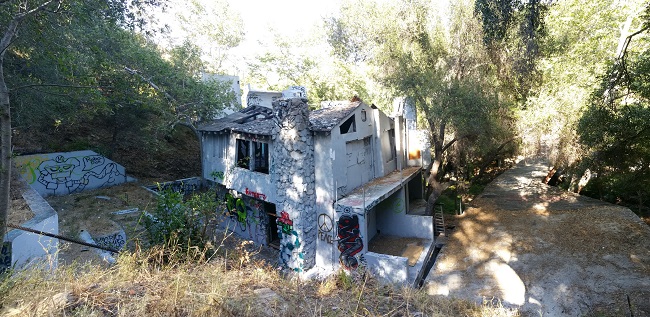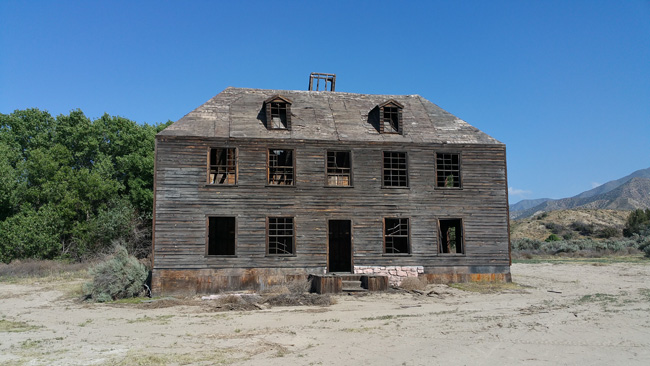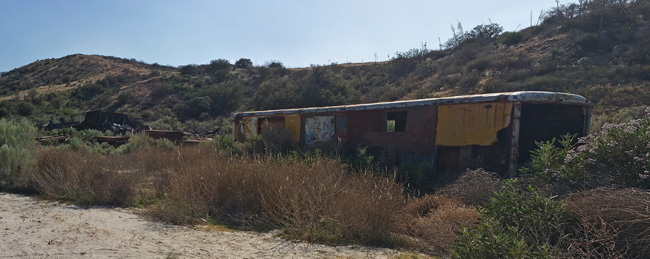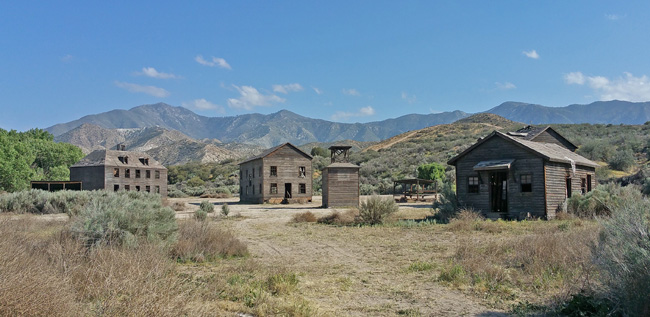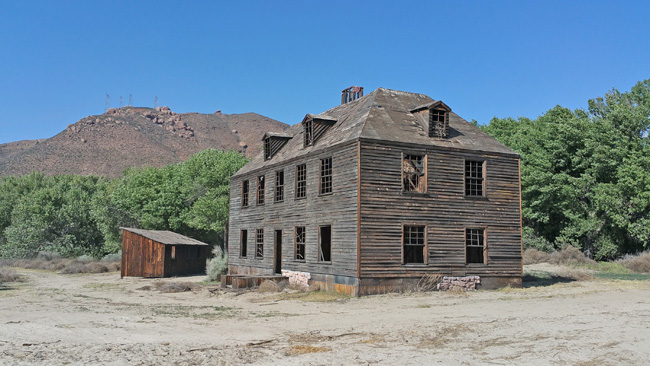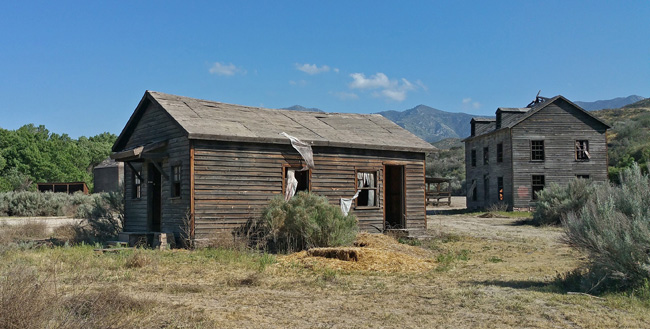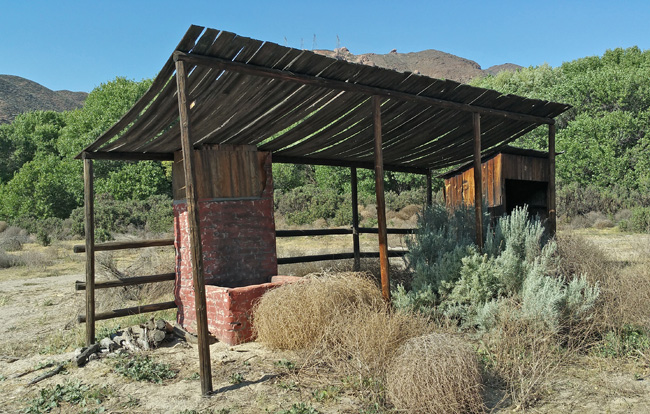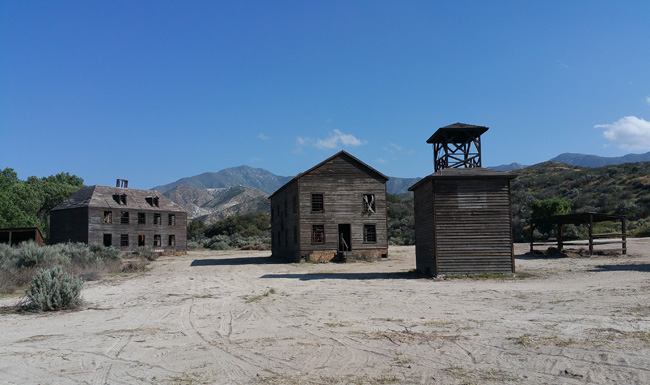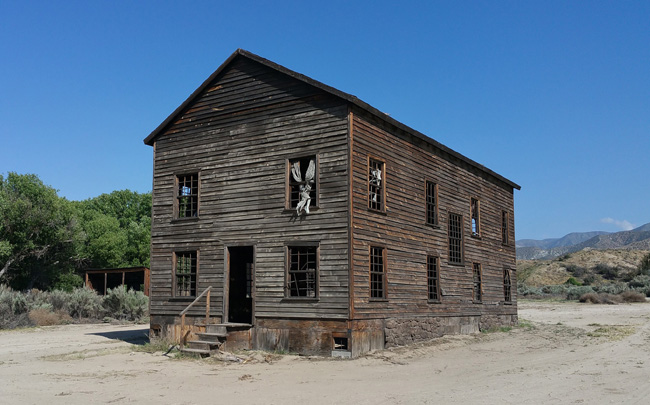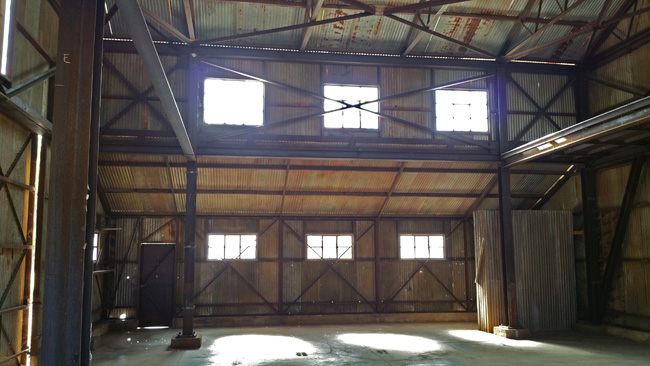After a morning spent loading up the car that would serve as my home for the next 30 days, I said goodbye to Los Angeles and set my sights eastward. Months of planning had reached an end and it was finally time to set out on my epic month-long journey to explore America's Rust Belt and the abandoned places along the way.
The beautiful California sunshine, warm desert air, and the freedom of the open road filled me with a sense of peace and euphoria. John Denver's "Rocky Mountain High" poured from the stereo. I was living the dream.
Several hours later, I crossed the Nevada border and made a quick stop to refuel in the little town of Searchlight. I was still about 30 miles from my first planned stop, a huge abandoned pet cemetery outside Boulder City, Nevada.
Standing at the gas pump, a cluster of rusty old buildings down the road caught my eye and I couldn't resist taking a closer look. I had barely begun my road trip, and already I'd stumbled upon an abandoned piece of history purely by chance. I love it when that happens.
The beautiful California sunshine, warm desert air, and the freedom of the open road filled me with a sense of peace and euphoria. John Denver's "Rocky Mountain High" poured from the stereo. I was living the dream.
Several hours later, I crossed the Nevada border and made a quick stop to refuel in the little town of Searchlight. I was still about 30 miles from my first planned stop, a huge abandoned pet cemetery outside Boulder City, Nevada.
Standing at the gas pump, a cluster of rusty old buildings down the road caught my eye and I couldn't resist taking a closer look. I had barely begun my road trip, and already I'd stumbled upon an abandoned piece of history purely by chance. I love it when that happens.
Originally settled by prospectors in the late 1800s, Searchlight, Nevada is now home to about 500 residents, a third of whom are retirees drawn to the peace and quiet of small town life.
Searchlight is the hometown of Senator Harry Reid, whose father was a miner. Reid is often cited as the town's foremost historian and is the author of Searchlight: The Camp That Didn't Fail.
George Frederick Colton, a prospector from Utah, stopped in Southern Nevada on his way to the Superstition Mountains in Arizona, where he hoped to find the legendary Lost Dutchman Mine. His plans quickly changed in 1897, when he discovered gold in Searchlight. Colton immediately established a mining claim and began excavating the incredibly lucrative Duplex Mine.
Word of Colton's discovery spread, and in a few short years, Searchlight became a mining boom town. By 1906, over 300 mining claims had been established. Searchlight's population grew rapidly, reaching a peak of 1,500 in 1907, making it more populous than Las Vegas at the time.
In 1907 the Barnwell and Searchlight Railroad was completed, linking Searchlight to important rail lines in the region.
By 1917, much of the high quality ore had been excavated from Searchlight's mines. With the rising cost of gold and silver production, all but the most productive mines closed, and many people left town.
Flooding from a major storm destroyed the railroad line on September 23, 1923. Due to the declining importance of the route, the rail was never restored and became abandoned the following year.
After U.S. Highway 91 bypassed Searchlight in 1927, the town's population dropped to 50.
Searchlight experienced a temporary resurgence in the 1930s and 1940s during the construction of Hoover Dam. Workers were drawn to Searchlight for its bars, gambling and brothels. One of Searchlight's more notable brothels was The El Rey Club, which was tremendously popular in the 1940s, when prostitution was still legal in Clark County. The establishment burned down in 1950.
The origin of Searchlight's name remains a mystery. Many explanations have been put forth, though none have been definitively proven true:
- George Frederick Colton, while lighting his pipe with a Searchlight brand match (manufactured. by the Diamond Match Co.) discovered rocks containing flecks of gold.
- While looking for gold in the area in 1897, Colton, in a moment of frustration, remarked that it would take a searchlight to find gold ore there.
- Searchlights were once used to guide patrons to the brothels in area.
- Searchlight was named after a riverboat with the same name that transported ore along the Colorado River.
Thank you for joining me on my Epic Rust Belt Road Trip. Be sure to come back next week, when I'll post pictures and stories from the eerie abandoned pet cemetery outside Boulder City, Nevada.
Please feel free to share this article on Facebook. While you're at it, please subscribe to Places That Were and follow me on my social media sites:
Facebook: http://www.facebook.com/placesthatwere
Google+: https://plus.google.com/u/0/+JimSullivanPlacesThatWere/posts
EyeEm: https://www.eyeem.com/u/placesthatwere
flickr: https://www.flickr.com/photos/placesthatwere/
Twitter: https://twitter.com/placesthatwere/
Youtube: https://www.youtube.com/jimplicit
Instagram: http://instagram.com/theplacesthatwere
Tumblr: http://placesthatwere.tumblr.com/
Thank you!




